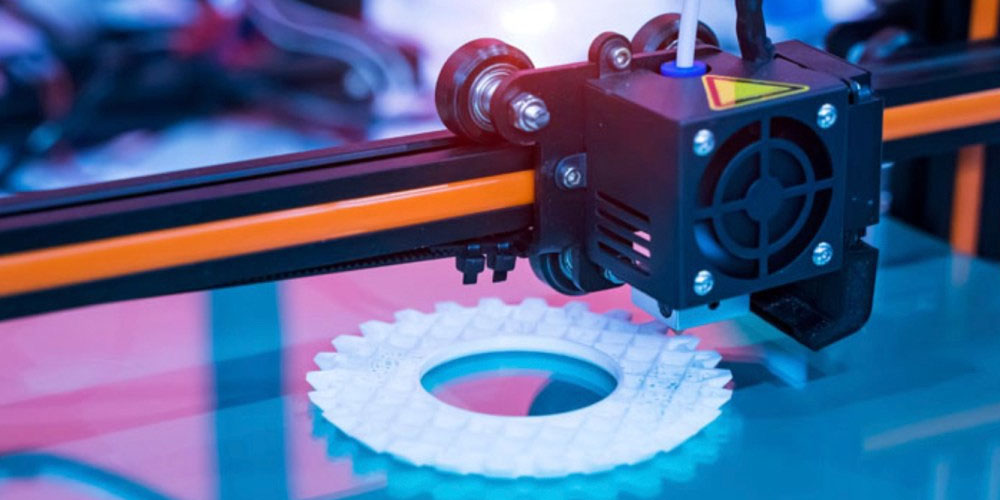The 3D printing industry is one of the largest and fastest-growing manufacturing industries that features two primary categories of 3D printers. These are desktop and industrial 3D printers. Industrial 3D printers are designed to provide more accuracy and precision compared to their counterparts. They can be applied for manufacturing complex and more oversized products. Regardless, industrial and desktop 3D printers use the same printing technology. Therefore, this write-up focuses on the 3D printing process.
Understanding the 3D printing process
3D printing is additive manufacturing technology. It is not as complex as most people assume. While different materials and printers can be applied in 3D printing, the process remains the same. Below is an explanation of how the 3D printing process works:
1. Creating a 3D blueprint
The first step of the process is making the 3D blueprint. This is done using computer-aided design software, also known as CAD software. The best thing about 3D printing is that you have no design limitations. The only thing that can limit you is your imagination. This step is where you turn your imagination into a blueprint.
Most people agree that this is the most technical part of the process. Therefore, it is mainly conducted by a tech expert. When creating a 3D blueprint, you must be careful to ensure that there are no errors. This is because the mistakes could translate to your product not coming out as you envisioned. For this reason, most organizations hire 3D printing companies for the task.
2. Translating the blueprint and feeding it to the printer
The blueprint must also be translated into a language that the printer can understand. This is not as hard as making the blueprint.
3. Preparing the 3D printer
Once the blueprint is ready, the next part of the process is preparing the printer. Here, you have to do things like refilling the raw materials. The most popular 3D printing raw materials are plastic and metal powder. Note that various types of plastics and metals can also be applied. You also have to prepare the build platform by cleaning or applying adhesive to keep the material in place and prevent warping when heat is applied.
4. Printing
Once the printer is ready, you can start the printing process. This step doesn’t require much effort from you. This is because all you have to do is hit print on the 3D printer, and the machine will take over. The process is automatic and can vary depending on the 3D printing technology applied. It may also vary depending on the materials applied. Once you hit print, all you can do is sit and wait.
Conclusion
Once the printing is complete, the object will require some post-printing processing. It starts with unsticking it from the build table or platform and finishing the surface to make it even. Note that the process of 3D printing may take a long time. This is especially the case if you are working with a large object. The type of 3D printing technology you apply may also influence the process.
